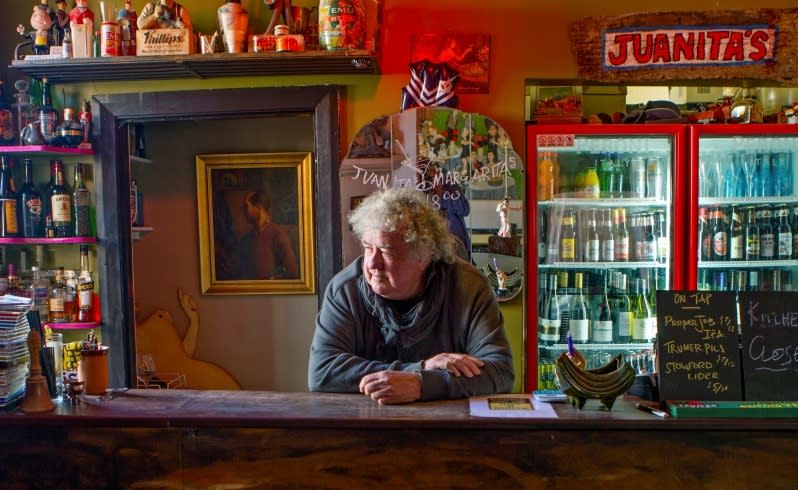Red tape chokes old favourites: traders

A policy restricting new bars within 100m of parts of Subiaco's high street could be reviewed within weeks in a move frustrated business owners hope may breathe new life into the suburb.
The move comes amid concerns the city is not doing enough to support small business and hospitality in the area, at the expense of its vibrancy.
Rising rents, more competition and a council perceived to be anti-development have been blamed for taking the shine off what was once a go-to suburb for shopping, dining and a night out.
Subiaco Business Association president Geoff Parnell said the 2007 policy, which among other things restricts development of licensed venues within 100m of Rokeby Road's intersections with Hay Street and Roberts Road, was partly to blame. Council is due to vote on releasing the policy for public comment in about a month as part of a broader review of the city's planning policies.
Mr Parnell said a healthy hospitality sector helped other businesses because food and drink precincts encouraged foot traffic in the same way hosting a big event such as an AFL game did.
"In the seven years that have passed since 2007, you've seen a significant decline in vibrancy in the hospitality sector in Subiaco and a significant increase in vibrancy and patronage of areas like the City of Perth, Beaufort Street and Leederville - areas that have actually embraced that small bar concept," he said.
"I think the general perception in the developer community is that planning restrictions discourage them from being involved in Subiaco. Their perceptions aren't always reality in defence of the city and I think there's a growing awareness in the city that they need to be doing things to encourage business into Subiaco."
Illustrator Murray Gill, owner of popular small bar Juanita's, is one business owner who says Subiaco's planning policies and a vocal minority of residents have made his life hard.
A recent attempt to increase Juanita's maximum capacity from 45 to 69 and extend its Monday opening hours was rejected by the development services committee, citing amenity concerns.
"It has been very exhausting," Mr Gill said. "I'm willing to go along with anything that will reinvigorate (the area) and make it a bit more Melbourne than Morley.
"There's something very sad and entrenched in Subiaco. You can reinvigorate an area but you do need some co-operation."
It is not just small-bar owners who are frustrated.
J'aime Fazackerley and Alexander Miller run the Little Wing Corner Gallery on Hay Street and are battling the council to be allowed to hold more than two evening functions, such as art exhibitions, a month.
Mr Fazackerley said he understood the city was bound by policy but the experience meant he and Mr Miller might take their next community project elsewhere. Mr Fazackerley estimated the group brought 500 to 600 people to Subiaco a month.
"They (visitors) are all saying to us that 'the only reason we come to Subiaco is the Corner Gallery and there's nothing else for us to do, it's boring'," he said.
"We're getting so much positive feedback.
"It seems to me that they (the council) can always fall back on the bureaucratic system and take no responsibility personally for the lack of progress. A project like this should be supported and encouraged instead of surrounded by red tape."
Subiaco mayor Heather Henderson said the city was not anti-development but "pro- appropriate development".
"Council has to simultaneously manage the expectations of residents and businesses and this is a constant balancing act," she said. "The upcoming review of the liquor licensing policy is a great opportunity for the community to share their views about licensed venues."
The prospect of more relaxed liquor laws comes at a time of major change for Subiaco, with Planning Minister John Day recently clearing the way for a 16-storey tower at the old Pavilion Markets site and the revamped Subiaco Hotel opening its doors after an 18-month renovation.


